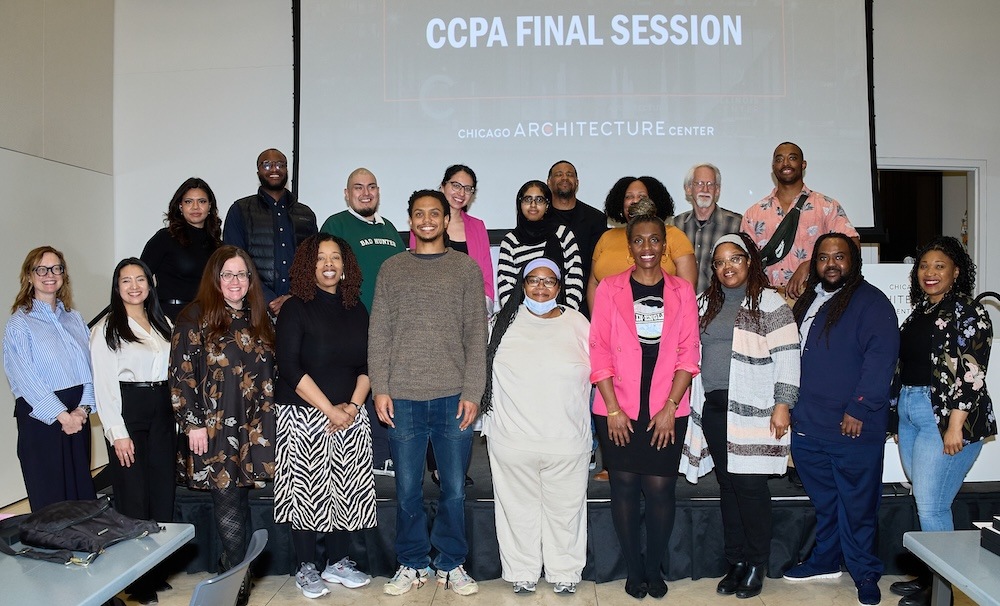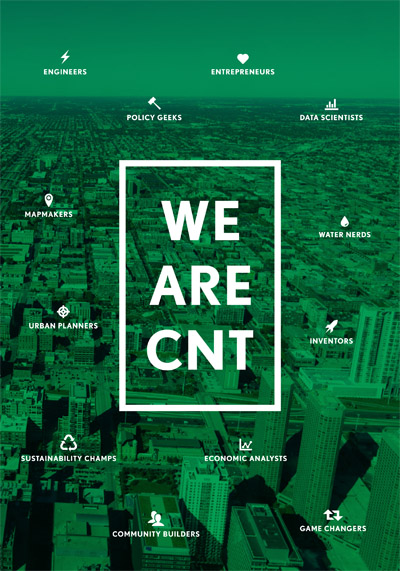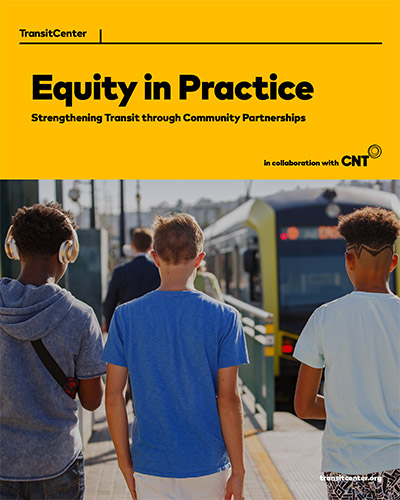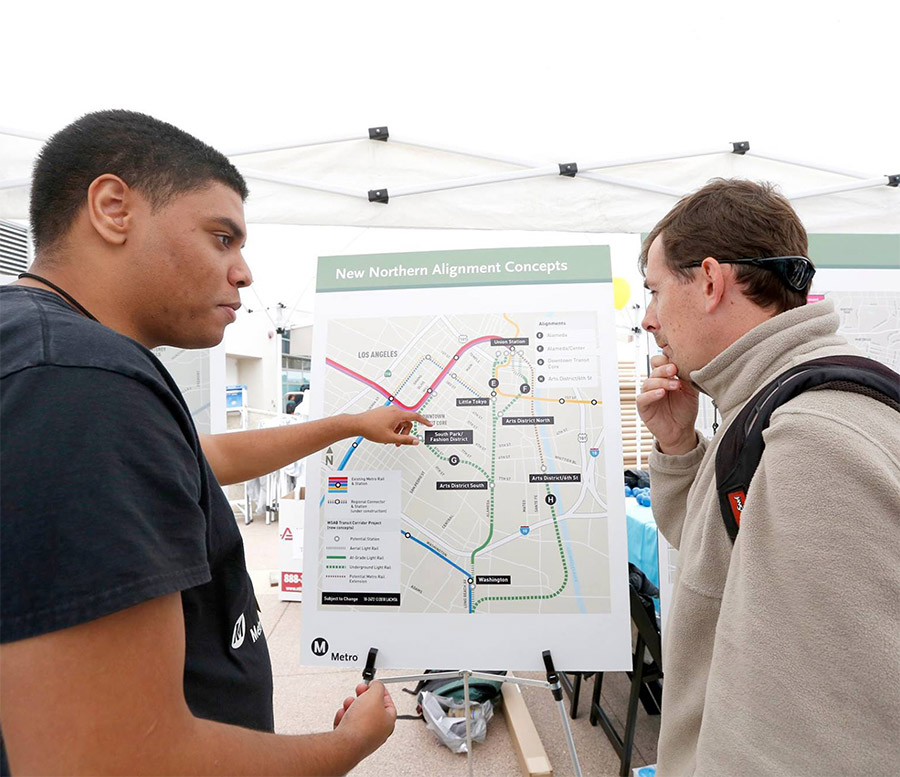
Urban planning shapes decisions about what gets built, where, and planner-driven policies and processes affect much of how we experience our neighborhoods. But typically, only professionals in the field, know much about urban planning principles and ideas or development processes.
One way to change that: spread the knowledge. That’s just what the first Chicago Community Planning Academy that Chicago Architecture Center and Center for Neighborhood Technology, which wrapped in March, sought to achieve. The Academy presented community members with a critical look at urban planning practices and history as well as opportunities to meet and learn from current developers and other experts.
Participants appreciated both aspects of the Academy.
“I found the dedicated resources and materials provided very insightful,” participant Veronica Torres Luna said. “Something as simple as looking up who the city planner was for our region or looking at a zoning map for Chicago—I had never done that. Talking to developers—I’ve never done that, but we had someone come here and present to us.”
A Brighton Park native who lives in Edgewater now, Torres Luna said the difference in access to green space between her two communities was one motivation for her to join the Academy in the first place: “In Brighton Park, we had no access to green spaces,” she said. “Now in Edgewater I literally live in front of a park and I see trees nearby. I want to make sure that communities like Brighton Park have that same level of access.”
Curriculum: A critical look at planning, a pragmatic approach to development
As part of the Academy, a cohort of 20 community members from the city’s South, West and North sides participated in eight weekly sessions, meeting insiders from the planning and development world and teaming up to create and present their own sample development projects.
The collaboration between Center for Neighborhood Technology staff and the Chicago Architecture Center team arose from a shared vision of empowering communities to shape more sustainable, livable and equitable urban environments. From the CNT side, the project was partly inspired by other community-based participatory programs we’ve designed recently including our Civic Innovation Hub.
Recognizing that the practice of urban planning is rooted in inequitable decision-making, especially in the red-lined city of Chicago, racial justice was at the heart of the curriculum. In Chicago today, more than 80% of developers are white and male, while disinvestment in Chicago’s neighborhoods led to a 27% decline in its Black population between 2000 and 2019.
That approach resonated with participants. “This was a beautiful experience,” said Shameka Simon, who works as a community health educator at a local hospital. “It allowed me to see the potential of our city holistically from a different lens.
“It’s heartbreaking to have learned that we were systematically broken up to be against each other, based on economics and race,” Simon added. “To be in a space every week where we can share our values, morals and learn from each other and network as well as follow through, has been a great experience.” The experience has inspired her to get involved with developers and planning initiatives that are likely to focus on health care on Chicago’s West Side, Simon said.
The program kicked off with a welcome from American Planning Association (APA) CEO Joel Albizo at the end of January. Participants met weekly on Tuesday, a mix of in-person and virtual classes. At each class they heard from practitioners. For example, over the course of a couple hours at one February session, the cohort heard unvarnished accounts of the highs and lows of building affordable housing from the owner of a South Side single-family builder followed by a leader of one of Chicago’s most complex multi-unit public housing redevelopment projects.
Chicago Architecture Center President Eleanor Gorski led one of the sessions, as did Nina Idemudia, AICP from Center for Neighborhood Technology. Another class featured a field trip to The Starling community center in North Lawndale, a model equitable transit-oriented development project recently completed with support from our Elevated Works cohort.
Cohort participants broke up into several small groups to work on a development project of their own throughout the course. At the final class, they presented creative and polished concepts, public-meeting style, to get a feel for what it might be like to actually develop a real estate project of their own.
Several participants pointed to the hands-on tools and tips they learned in each class as among their most valuable learnings: “For me one of the biggest takeaways was learning some of the different websites,” Bronzeville resident Rochester J. Bailey said. “The ETOD calculator, that’s definitely going in my toolbelt.”
For Will Porter, an urban gardener and retired arborist who also participated, the lessons learned from the class were essential information: “It’s not only important to folks with professional community planning aspirations, it’s for everybody who wants to be engaged civically," Porter said. “It is our city and it needs our participation to make it a success. This course could be a gateway to a career in urban planning, or simply provide tools for building a better community.”
What’s next
We’re currently reviewing the results and feedback from the first cohort to assess moving forward with a future cohort of the Chicago Community Planning Academy, which would likely take place next year. Please check back or sign up for our email newsletter or head over to the Architecture Center site to be the first to know about upcoming cohort dates and other updates!





 Strengthening Transit Through Community Partnerships
Strengthening Transit Through Community Partnerships